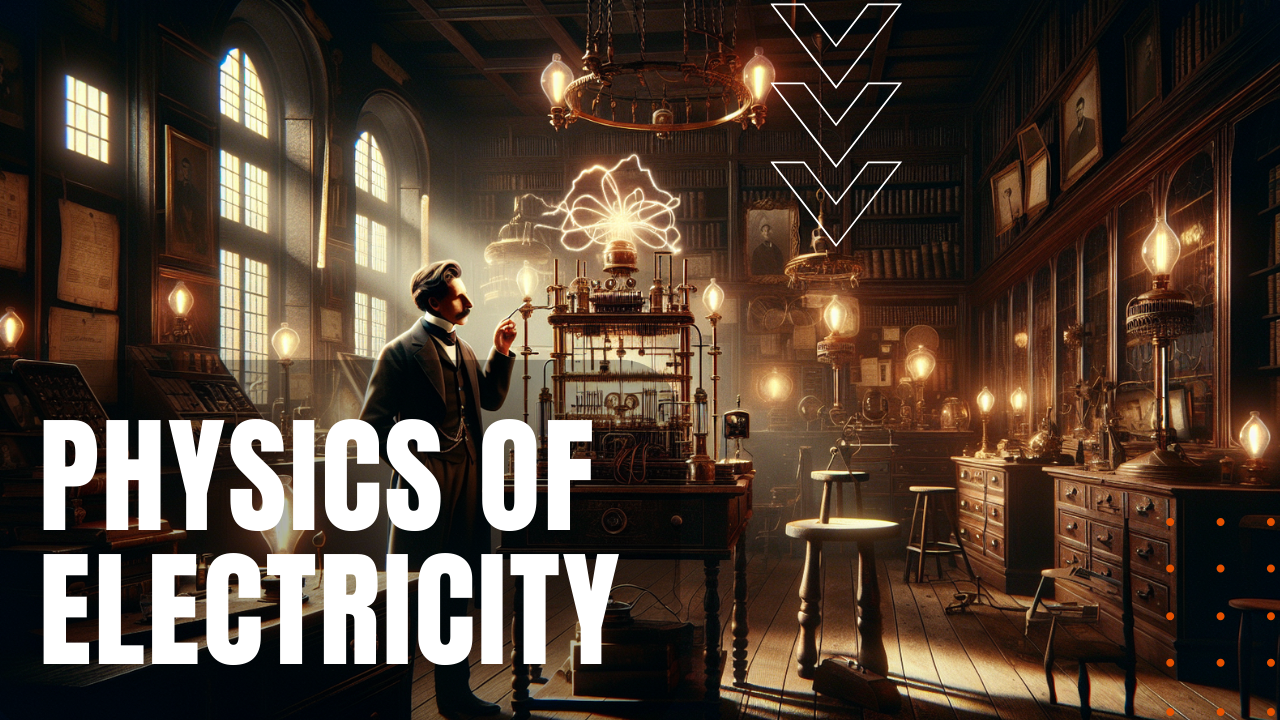The Physics of Electricity

To understand electricity, the first step is to comprehend that everything in the universe is made up of atoms, which consists of positively charged protons, neutrally charged neutrons and negatively charged electrons, the later possessing a strong habit of easily moving about from atom to atom, since like charges repel while opposite charges attract, as laid down in Coulomb’s Law—an essential principle in understanding how charges interact in various electrical systems. At its core, electricity involves the movement of charged particles, typically electrons, as they travel through conductive materials.
Michael Faraday
First introduced by Michael Faraday, the concept of an electric field describes the influence a charged object exerts on its surroundings, depending on the magnitude and distribution of its charge or charges. When charged particles move through a closed loop conductor known as a circuit, the net result is known as an electric current, characterized by the movement of electrons in the opposite direction of the conventional current, as established by Benjamin Franklin’s convention.
Ohm’s Law
Another key concept is the relationship between current, voltage and resistance as described by Ohm’s Law, which states that current is inversely proportional to resistance yet directly proportional to voltage. Kirchhoff’s Law, finally, governs the behavior of currents and voltages in a given circuit, while ensuring that conservation principles remain true, leading to the introduction of electrical energy manipulation components into circuits over the years, such as resistors, capacitors, transformers, inductors and more. Electrical generation often involves the conversion of different forms of energy, including mechanical, chemical and electromagnetic sources, and as human electronics technology has evolved from vacuum tubes to semiconductor devices, quantum mechanics has provided increasing insights into the behavior of electrons in different materials, which in turn influences the choice of materials on the design, efficiency and functionality of electronic components.
Birth of AI
Over time, these influences and choices have paved the way for smaller and faster computational platforms and technologies, including Large Language Models and artificial intelligence or AI, which has rapidly pushed humanity into a new revolution, perhaps even more impactful than Gutenberg’s printing press, making electricity, a series of fundamental principles and laws in the study of modern physics.
